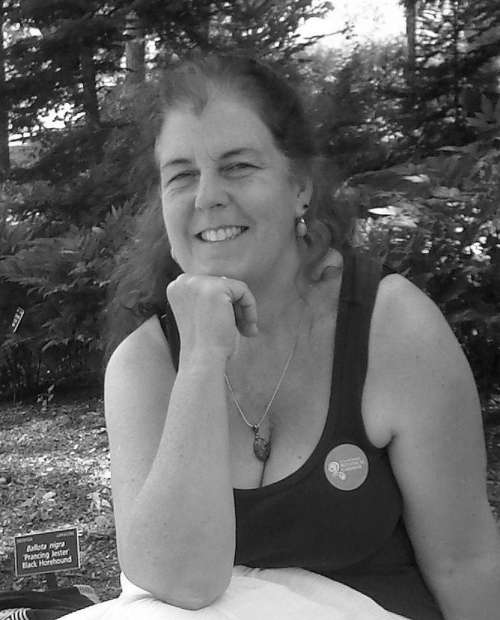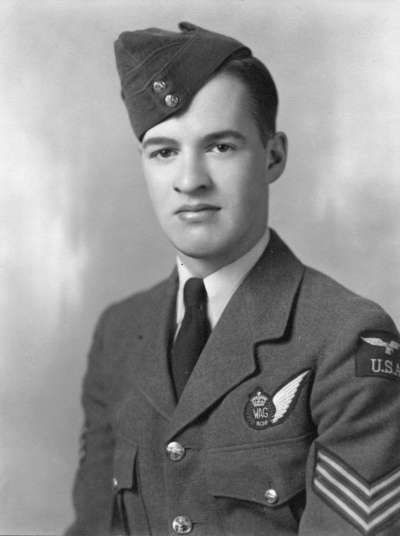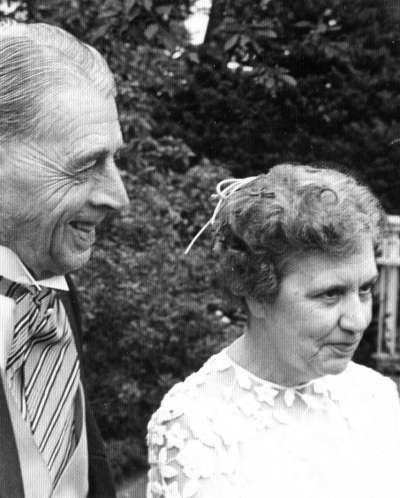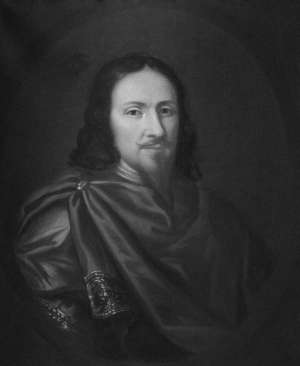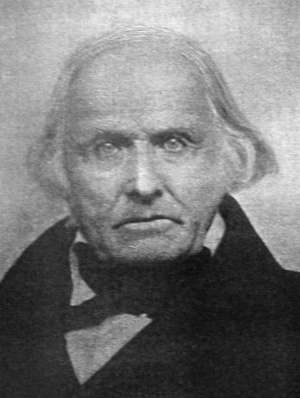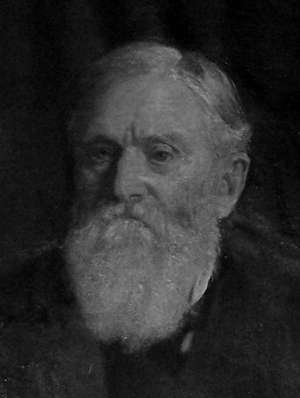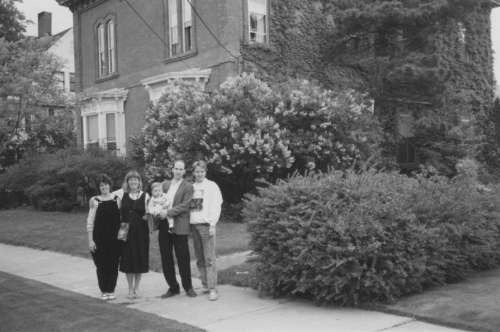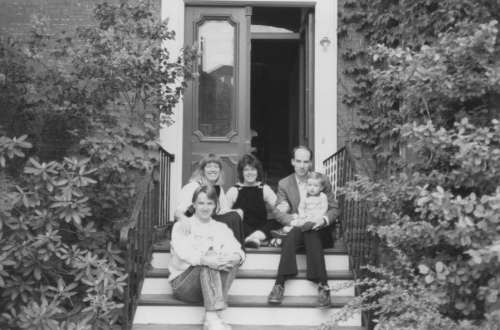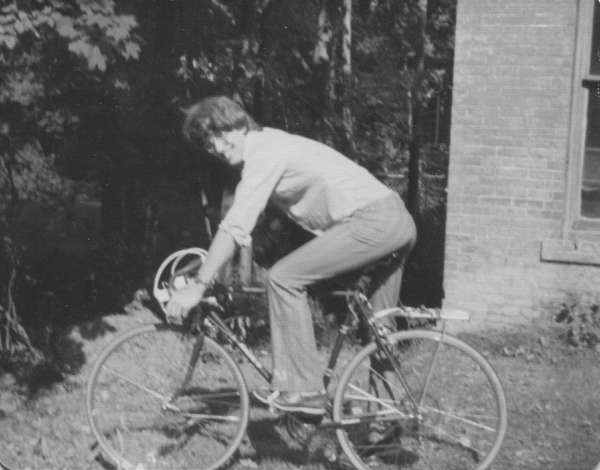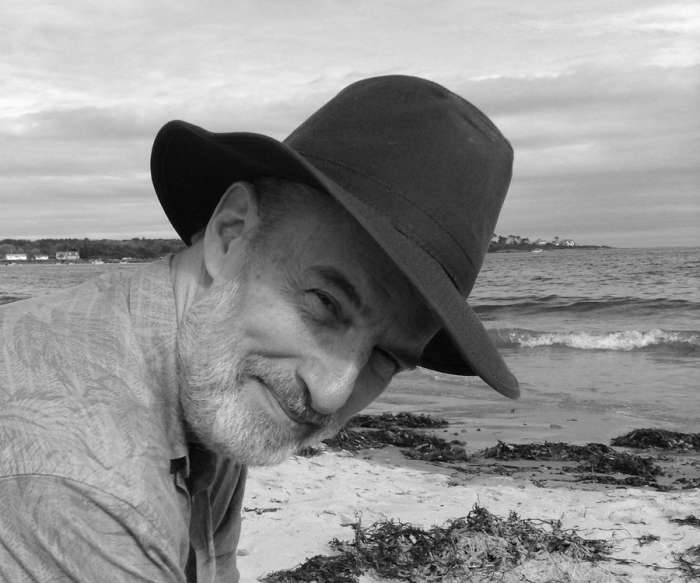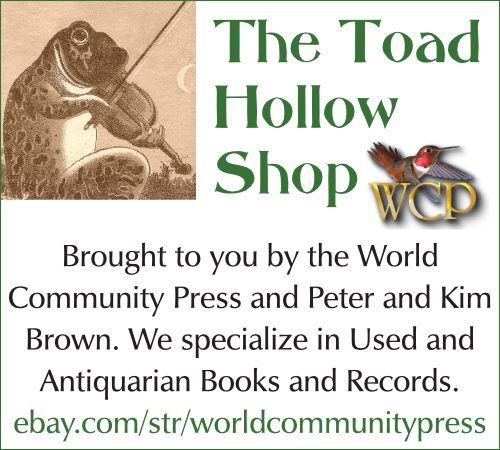About Peter Falkenberg Brown
Visit Peter's LinkedIn Profile at http://www.linkedin.com/in/peterfalkenbergbrown This bio includes (at the bottom) an “About the Author” section, lifted from Peter’s books. It includes bits and pieces of his family history and more details about his life. Peter Falkenberg Brown is an author, columnist, publisher and public speaker whose niche speaking topic is "Love, Freedom, & the World." He is also available for voice over work, voice acting, narration and acting for commercials. He is the co-founder and co-owner (with his beloved bride, Kimmy Sophia) of the World Community Press. Peter was a Director of Web Operations for many years, and is a Perl, PHP and MySQL web database programmer. In 1993 he created, produced and edited The Richmond Republican, a tabloid newspaper distributed by the Richmond Republican Committee in Virginia. Peter was a member of the Richmond Republican Executive Committee for a number of years, until he and his family moved to Virginia Beach in 1995. Although short-lived, due to financial restrictions, the newspaper received wide-spread praise for its content and design. Peter also designed and hosted the original web site for the Republican Party of Virginia Beach until his family moved to Indian Neck, Virginia. In 2007, he and his family moved back to his home state of Maine. While in Richmond, Peter helped launch Citizens for Safe Streets (as its Executive Director), a Richmond-based political action committee dedicated to reducing violent crime in Richmond by 50%. The PAC had a significant impact on the Richmond City Council, which adopted a number of the organization's proposals in 1994. For four years, Peter was the Chairman of the Gray Republican Committee in Gray, Maine and was a member of the Executive Committee of the Cumberland County Republican Committee. He and his wife, Kimmy Sophia (a fellow New Englander), were betrothed in 1979 and married in 1982. They are the proud parents of four lovely children: Tymon, Grace, Ranin, and Tadin; and a handsome cat named Tovi who is constantly hounded by a young and bouncy cat named Tiggy. About the Author(From the “About the Author” section in Peter’s books)
Although David Copperfield began his story with the chapter heading “I Am Born,” I shall refrain from telling you that I was born under a canoe on Miami Beach while the moon gazed sympathetically at my mother as she was pelted with coconuts by monkeys howling in the palm trees. I cannot say that my birth happened that way, for it did not, since I was instead born in a hospital in Coral Gables, Florida, in 1954, two months premature. It was quite unexciting but not dull, at least from my mother’s point of view.
I arrived in life in the footsteps of my ancestors, starting with my parents. I owe them a profound debt for the goodness and merit that they left behind. In particular, my mother believed in my potential and gave me the vision, while I was still young, to try to think on a grand philosophical scale. (I am still attempting to do that.) Polly was an artist and art teacher, first at the Portland School of Fine and Applied Arts (the precursor to MECA, the Maine College of Art) and then at a school called “Concept” that she founded with some fellow artists, including the noted Maine artist Bill Manning. In 1982, a year before she died from lung cancer, she earned a graduate degree from the Episcopal Divinity School in Cambridge, Massachusetts.
This lineage of writers was unknown to me when I was a student. I believed that it was from my mother alone that I had inherited my passion for writing. I was thus quite fascinated when I learned more about the lives of Olga and Geertruida. My confidence to follow a writing career was also bolstered in my high school days, when my senior-class English teacher at the Waynflete School in Portland, the late William Ackley, said to me, “Brownie, you’ve got it. Keep going!” (Or something to that effect.) I kept going, and am immensely grateful for his encouragement.
William Wentworth Brown built a company that thrived for almost seventy years, until the Great Depression and off-shore competition ended its run. At its height, the Brown Paper Company owned four million acres of timberland and had turned tiny Berlin into a thriving town.
My bicycle trip had been contemplative and had heightened my sense that I was on a spiritual search. I had kept a picture of Jesus next to my bed since I was four years old, and had been inspired by books like The Robe by Lloyd C. Douglas, about a Roman soldier who gambled for Jesus’ robe, converted to Christianity, and then died a martyr under Roman arrows. I had a strong desire to follow Jesus, and wished that I could have been alive when he preached in Israel. My mother had also introduced me to other religious avenues, and as I arrived in New York in my quest to “go west, young man,” I was busily reading books by Erich Fromm, J. Krishnamurti, and various Sufi authors. I stayed in New York for a couple of years, and then began a long process of exploring the rest of the country. Along the way, I became a writer, a web database programmer, and a web director. After thirty-five years of gallivanting, I arrived back in Maine with a wife, four children, and two dogs and a cat. A lot happens when you ride away into the sunset. For many years now, I’ve been exploring a path that has a great similarity to the one followed by my philosopher mother. I’ve studied many of the same ancient Christian mystics that she had read in her religious quest as an Episcopalian. As I delved into the writings of a broad range of mystics, I discovered what was to become one of my core beliefs—that no one can be closer to a person than the indwelling God. I can say with immense gratitude that I am passionately in love with God. Partly through my own experience with God, I have developed a profound appreciation for the kind, gentle, compassionate, egalitarian, and respectful love that I feel that God has for each individual. God is my Great Solace. Deepening my awareness of God’s presence and expressing God’s love to others are the central goals of my life, both here and in the spirit world. I am grateful that my faith in God and my vision about a world of love have been profoundly informed by the mystics who taught about the indwelling God.
God enfolds the whole creation,
Image CreditsColor images used here have been converted to grayscale and some images have been cropped or modified. Photo of Author with Cup of Tea Photo of Polly Kapteyn Brown Photo of Olga Fröbe-Kapteyn Photo of Geertruida Agneta Kapteyn-Muysken Photo of Kimmy Sophia Brown Photo of Carl Falkenberg Brown Photo of Norman Brown and Painting of Photo of Jonathan Brown Painting of William Wentworth Brown Photos of Family at Vaughan Street, Portland, Maine Photo of Author on Bicycle at Vaughan Street, Portland, Maine Photo of Author at Crescent Beach, Maine
1. MUYSKEN, Geertruida Agneta, BWSA - Biografisch Woordenboek van het Socialisme en de Arbeidersbeweging in Nederland https://socialhistory.org/bwsa/biografie/muysken Web page viewed on December 10, 2016 “The Epiphany of Zebediah Clump”
Watch our first film right here. |



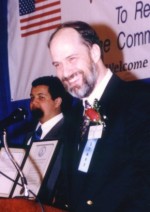
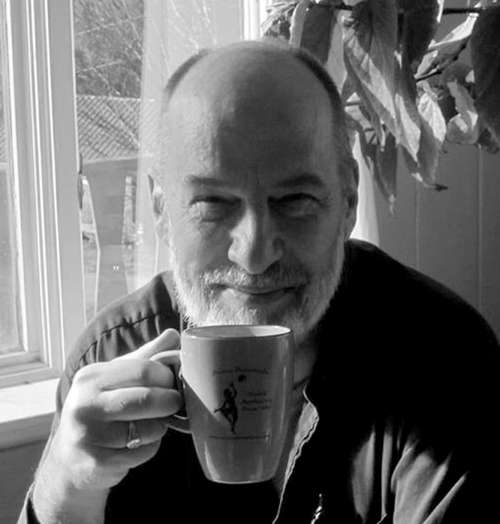
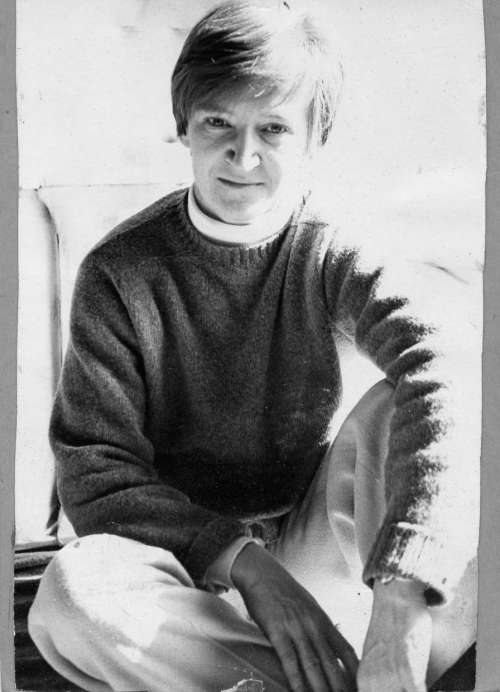
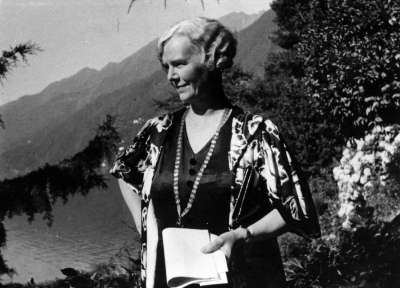
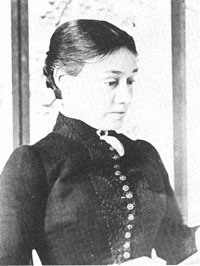 Olga was in turn inspired by her mother, and my great-grandmother, Geertruida Agneta Kapteyn-Muysken, a humanist and leading social activist in nineteenth-century London. She was influenced by the French poet and philosopher Jean-Marie Guyau and counted George Bernard Shaw and Prince Pyotr Alexeyevich Kropotkin among her large circle of friends. She was an influential writer in London for twenty years and then moved to Zurich, where she became the center of a group of artists and students. Many Polish and Russian student émigrés regarded her as their “spiritual mother.”1
Olga was in turn inspired by her mother, and my great-grandmother, Geertruida Agneta Kapteyn-Muysken, a humanist and leading social activist in nineteenth-century London. She was influenced by the French poet and philosopher Jean-Marie Guyau and counted George Bernard Shaw and Prince Pyotr Alexeyevich Kropotkin among her large circle of friends. She was an influential writer in London for twenty years and then moved to Zurich, where she became the center of a group of artists and students. Many Polish and Russian student émigrés regarded her as their “spiritual mother.”1